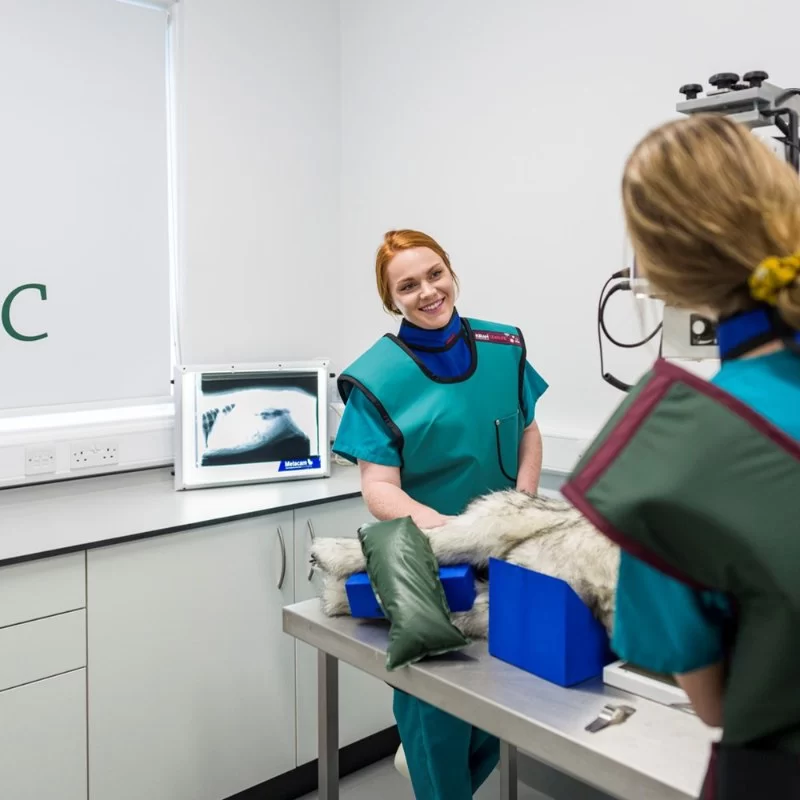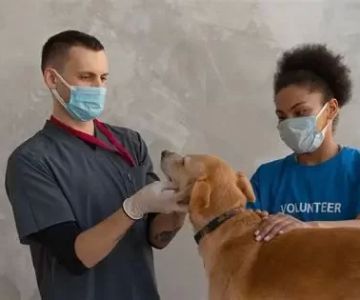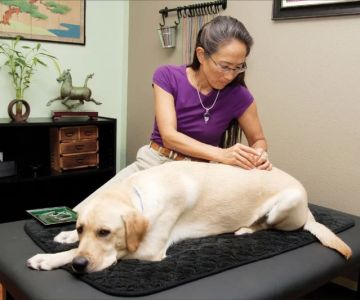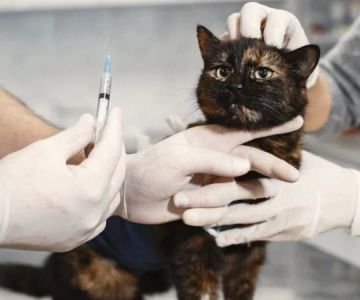How to Get a Doctor of Veterinary Medicine Degree: A Complete Guide
- Introduction to Veterinary Medicine
- Educational Requirements for a DVM Degree
- Choosing the Right Veterinary School
- Clinical Experience and Internships
- Licensing and Certification
- Salary and Job Opportunities
Introduction to Veterinary Medicine
Becoming a Doctor of Veterinary Medicine (DVM) is a rewarding career path that requires dedication, education, and hands-on experience. As a veterinarian, you’ll be responsible for diagnosing, treating, and preventing illnesses and injuries in animals. Whether you’re interested in working with pets, farm animals, or wildlife, the field of veterinary medicine offers a wide range of career opportunities. However, becoming a veterinarian is no easy feat. It requires several years of education and practical experience before you can officially hold the title of a DVM.
In this guide, we will walk you through the process of earning a Doctor of Veterinary Medicine degree, from the educational requirements to the career prospects that follow. Whether you’re just beginning to explore this path or are looking for more information on how to achieve your DVM, this article will help you get started on the right track.
Educational Requirements for a DVM Degree
To become a Doctor of Veterinary Medicine, you'll first need to complete the necessary educational prerequisites. Typically, this includes obtaining a bachelor’s degree in a relevant field, such as biology, chemistry, or animal science. Although some veterinary schools do not require a specific major, strong coursework in the biological sciences is highly recommended.
Once you’ve completed your undergraduate education, you’ll need to apply to an accredited veterinary school. Veterinary programs usually last four years and lead to the DVM degree. Admission to these programs can be highly competitive, so it’s important to maintain a strong GPA and gain relevant experience in the animal care field. Many students also volunteer or work in animal shelters, clinics, or farms to gain hands-on experience that strengthens their application.
During veterinary school, students will engage in both classroom-based learning and practical training. Courses typically cover topics such as anatomy, physiology, pharmacology, animal behavior, and surgical techniques. As a student, you’ll have the opportunity to learn about a variety of animal species, which is crucial for the diverse nature of the veterinary field.
Choosing the Right Veterinary School
Choosing the right veterinary school is a crucial step in becoming a veterinarian. There are many accredited schools around the world, particularly in the United States, that offer DVM programs. When choosing a school, it’s important to consider factors such as location, tuition costs, faculty, facilities, and the school’s clinical training opportunities.
Some of the most reputable veterinary schools in the U.S. include the University of California, Davis, Cornell University, and the University of Pennsylvania. These schools offer highly competitive programs and are known for their excellent clinical training and research opportunities. However, the cost of attending veterinary school can be substantial, so it’s essential to research financial aid options, such as scholarships, grants, and loan forgiveness programs for veterinarians.
Another important consideration is the specific areas of veterinary medicine that each school specializes in. Some schools may have strong programs in large animal care, while others may focus more on small animal care, exotic animals, or public health. Think about the type of veterinary medicine you want to practice and find a school that aligns with your goals.
Clinical Experience and Internships
In addition to academic coursework, clinical experience is one of the most important aspects of a veterinary education. During veterinary school, students will typically complete a variety of hands-on clinical rotations where they can work directly with animals under the supervision of experienced veterinarians. This clinical training helps students develop the skills necessary to diagnose and treat animals effectively.
Many veterinary programs also offer internship opportunities during the final years of the program. Internships allow students to gain real-world experience in a clinical setting, often with specialized veterinarians who focus on areas such as surgery, dermatology, or internal medicine. Internships are also a great way to network within the field and potentially secure a job after graduation.
In addition to clinical rotations and internships, many veterinary schools require students to participate in externships or volunteer work at animal shelters, zoos, or farms to gain further experience working with animals in diverse settings.
Licensing and Certification
After earning your DVM degree, the next step is to obtain a veterinary license to practice in your state or country. In the United States, veterinarians are required to pass the North American Veterinary Licensing Examination (NAVLE), which tests their knowledge of veterinary science and their ability to diagnose and treat animals. Additionally, each state may have its own licensing requirements, which may include additional exams or continuing education.
In some cases, veterinarians may also choose to pursue board certification in a specialty area, such as surgery, cardiology, or dermatology. This process involves additional training and examinations, but it can help you become an expert in your chosen area and advance your career.
Once licensed, veterinarians must also maintain their credentials through continuing education. This ensures that veterinarians stay up-to-date with the latest advancements in animal care and treatment methods.
Salary and Job Opportunities
Once you have earned your DVM and obtained your license, the career opportunities for veterinarians are diverse. Veterinarians can work in private practices, animal hospitals, research facilities, government agencies, or even in education. Some veterinarians also work in more niche areas, such as wildlife conservation, public health, or food safety.
The salary for veterinarians can vary depending on location, experience, and specialty. According to the U.S. Bureau of Labor Statistics, the median annual wage for veterinarians in 2020 was approximately $100,370. However, salaries can range from around $60,000 to over $150,000 per year, depending on the type of work and geographic location.
Job growth in the veterinary field is expected to grow by 16% from 2019 to 2029, much faster than the average for other occupations. This growth is driven by increasing pet ownership, as well as the need for veterinarians in research and public health. With the right qualifications and experience, veterinarians can enjoy a fulfilling and well-compensated career helping animals and improving public health.
Conclusion: Take the First Step Toward Becoming a Veterinarian
Becoming a Doctor of Veterinary Medicine is a challenging but rewarding journey. By completing the necessary educational requirements, gaining clinical experience, and obtaining the proper licensing and certification, you can pursue a fulfilling career in veterinary medicine. If you are passionate about working with animals and want to make a real difference in their lives, then this is the career for you.
For those interested in pursuing a veterinary career, it’s important to start planning early. Research the best schools, understand the financial investment, and start gaining hands-on experience in animal care. If you’re ready to take the first step in your veterinary journey, consider reaching out to us at Hidden Brook Veterinary for advice, resources, and recommendations on how to get started on the right track.












